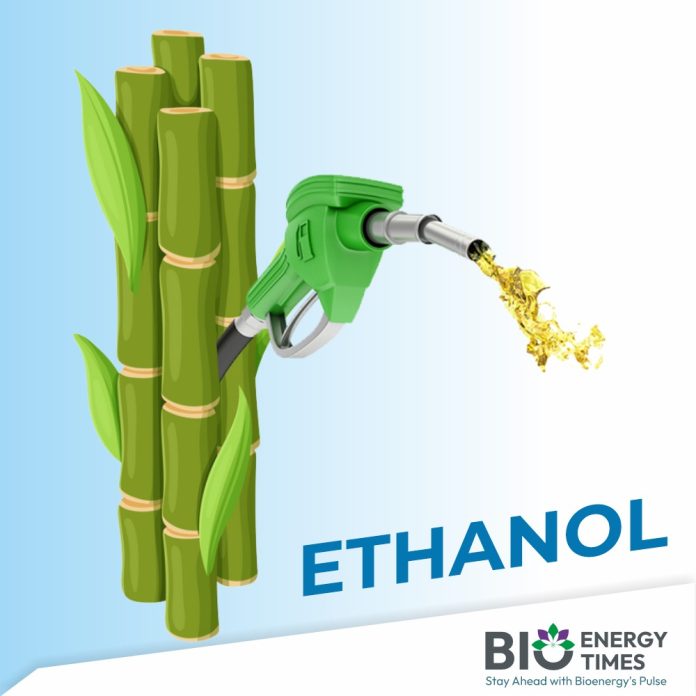U.S. Department of Agriculture’s Foreign Agricultural Service (FAS) in a report-Biofuels Annual- released for India highlights ethanol scenario.
FAS New Delhi expects India’s ethanol production for 2024 to reach 6.35 billion liters (BL), less than a 1 percent change down from last year due to projected decline in sugarcane production and depleting rice grain storage. Total ethanol consumption is expected to rise to 7.2 BL out of which ethanol for fuel consumption is estimated at 6.2 BL. This estimate accounts for India’s restrictions on sugar feedstocks and broken rice for fuel ethanol to avoid inflationary food prices. India is expected to have a feedstock shortage and the ethanol blending rate for 2024 is expected to drop. In April 2023, India initially reached its current ethanol blending target of E-12 but will be hard pressed to reach E-20 by 2025. India also continues to aim for a 5 percent biodiesel blend for on-road use by 2030. Post projects Indian biodiesel production at 226 million liters due to government initiatives, under a 1 percent blend rate.
According to the report, in 2024, India is estimated to maintain its previous year’s record of an average blending rate of approximately 11.5 percent. India initially achieved their Ethanol Blending Program (EBP) target of E-12 in April 2023. Due to a shortage of sugar production, India was not able to reach the expected 12 percent. Ethanol supplies for the EBP program are forecast to increase slightly in Ethanol Supply Year (ESY) (December-November) 2023/2024 but will still be far below the E-20 national target by 2025, particularly with the ongoing shortage in feedstocks due to adverse weather conditions. In 2024, imported ethanol will continue to fill the demand within the industrial, alcoholic beverage, and medicinal grade industries.
The report emphasized that tor the past few years, India has emerged as a significant sugarcane producer, resulting in surplus stock. The country has also established a stable pricing system under the Ethanol Blending Program (EBP) and ensured a steady flow of various feedstocks. However, sugar production for the current year is estimated to decrease by 8 percent due to late rainfall and pest infestations in major sugarcane-producing regions. To address the potential inflationary pressure on domestic consumption, the government has restricted the use of sugarcane and its derivatives for ethanol production to 2.37 MMT. While C-heavy molasses remains unrestricted, its sugar recovery rate is lower compared to sugar cane juice and B-heavy molasses. The ongoing ban on sugar exports and relatively lower sugar prices may further increase the utilization of sugarcane products for ethanol in the future.
“Similarly, rice production is expected to be 2 percent lower than the previous year due to water stress. Consequently, the use of broken rice for ethanol production has been banned as food grain stocks continue to deplete. The availability of these feedstocks is anticipated to decrease by approximately 20 percent for the coming year compared to the previous one. In an effort to boost maize/corn production for fuel ethanol, the government is providing a Minimum Support Price (MSP) for procurement. This initiative is expected to enhance maize/corn procurement for fuel ethanol and increase production in 2024/2025. India’s priority on ethanol and achieving E-20 by 2025 has limited sugar exports in the last two years as sugarcane production has provided smaller domestic supplies. The government policies have attempted to augment domestic production, by continuing the prohibition of imported ethanol for fuel blending along with the aforementioned actions,” the report further added.
The Indian government has made commendable improvements by offering financial assistance and grants for establishing multi-feedstock and grain-based distillery units. Despite the significant increase in distillation capacity, it is anticipated that India will face challenges in reaching a 20 percent national blend rate by ESY 2025 due to the continued ban on ethanol imports for gasoline blending and the insufficient availability of feedstocks.
Read full report here















